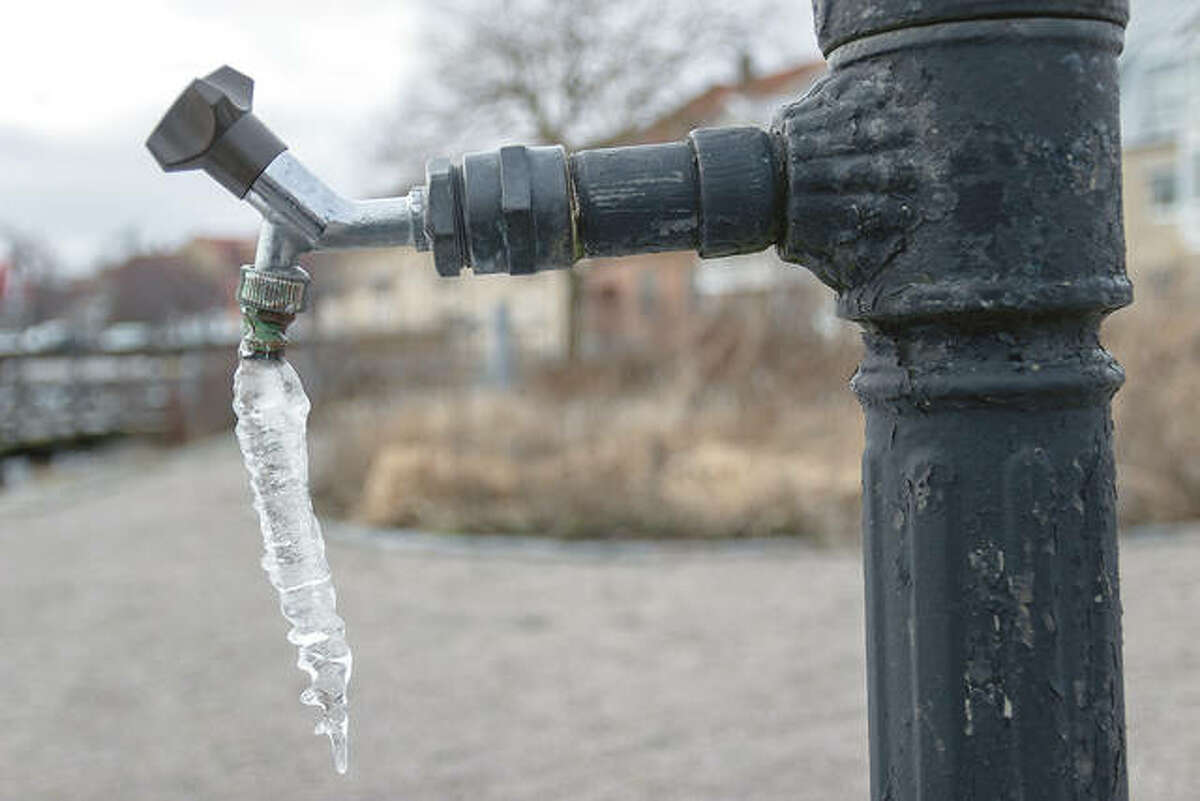Prevent Frozen Pipes in Winter: Pro Tips
Prevent Frozen Pipes in Winter: Pro Tips
Blog Article
Presented here underneath you will find a lot of really good insight in regards to How To Avoid Freezing Pipes.

Winter can wreak havoc on your pipes, particularly by freezing pipelines. Right here's exactly how to avoid it from happening and what to do if it does.
Introduction
As temperature levels drop, the danger of icy pipelines increases, potentially bring about pricey repairs and water damage. Recognizing just how to stop icy pipelines is critical for home owners in cool environments.
Recognizing Icy Pipelines
What triggers pipes to freeze?
Pipes ice up when exposed to temperatures listed below 32 ° F (0 ° C) for prolonged periods. As water inside the pipelines ices up, it increases, putting pressure on the pipe wall surfaces and potentially causing them to rupture.
Threats and damages
Icy pipes can result in water disruptions, property damages, and costly repair work. Ruptured pipelines can flooding homes and trigger extensive structural damage.
Signs of Frozen Pipes
Determining icy pipelines early can prevent them from breaking.
Exactly how to determine frozen pipelines
Try to find reduced water flow from taps, uncommon smells or noises from pipelines, and visible frost on subjected pipelines.
Avoidance Tips
Shielding at risk pipelines
Cover pipelines in insulation sleeves or utilize heat tape to safeguard them from freezing temperatures. Concentrate on pipelines in unheated or outside areas of the home.
Home heating strategies
Keep interior spaces properly heated, specifically areas with plumbing. Open up cabinet doors to allow cozy air to distribute around pipes under sinks.
Shielding Outside Pipes
Yard hoses and outside faucets
Separate and drain garden pipes before winter months. Install frost-proof spigots or cover outside taps with shielded caps.
What to Do If Your Pipelines Freeze
Immediate actions to take
If you think icy pipelines, maintain taps open up to relieve pressure as the ice melts. Make use of a hairdryer or towels taken in warm water to thaw pipes slowly.
Long-Term Solutions
Structural changes
Think about rerouting pipes away from exterior walls or unheated locations. Add additional insulation to attic rooms, cellars, and crawl spaces.
Upgrading insulation
Buy high-quality insulation for pipelines, attic rooms, and wall surfaces. Correct insulation helps keep regular temperatures and decreases the danger of icy pipes.
Conclusion
Preventing icy pipes requires aggressive steps and fast actions. By understanding the reasons, signs, and preventive measures, home owners can safeguard their plumbing throughout cold weather.
6 Proven Ways to Prevent Frozen Pipes and Protect Your Home
Disconnect and Drain Garden Hoses
Before winter arrives, start by disconnecting your garden hoses and draining any remaining water. Close the shut-off valves that supply outdoor hose bibs and leave the outdoor faucet open to allow any residual water to drain. For extra protection, consider using faucet covers throughout the colder months. It’s also important to drain water from any sprinkler supply lines following the manufacturer’s directions.
Insulate Exposed Pipes
Insulating your pipes is an effective way to prevent freezing. Pipe insulation is readily available at home improvement stores and is relatively inexpensive. Pay close attention to pipes in unheated areas such as the attic, basement, crawl spaces, or garage. Apply foam insulation generously to create a buffer against the cold. You can also wrap your pipes in heat tape or thermostat-controlled heat cables for added warmth.
Seal Air Leaks
Inspect your home for any cracks or openings that could let in cold air. Seal any holes around the piping in interior or exterior walls, as well as the sill plates where your home rests on its foundation. Additionally, make sure to keep your garage door closed unless you’re entering or exiting. Leaving it open creates a significant air leak that can lead to frozen pipes.
Allow Warm Air Circulation
During cold snaps, it’s essential to allow warm air to circulate evenly throughout your home. Leave interior doors ajar to promote better airflow. Open kitchen and bathroom cabinets to help distribute heat consistently around the rooms. If you have small children or pets, be sure to remove any household chemicals or potentially harmful cleaners from open cabinets for safety.
Let Faucets Drip
A small trickle of water can make a big difference in preventing ice formation inside your pipes. When temperatures drop significantly, start a drip of water from all faucets served by exposed pipes. This continuous flow helps prevent the water from freezing. Additionally, running a few faucets slightly can relieve pressure inside the pipes, reducing the chances of a rupture if the water inside does freeze.
https://choateshvac.com/6-proven-ways-to-prevent-frozen-pipes-and-protect-your-home/

Do you appreciate reading up on Helpful Tips to Prevent Frozen Pipes this Winter? Make a remark directly below. We'd be happy to know your suggestions about this blog. Hoping that you come back again soon. I beg you pause to distribute this page if you enjoyed it. Thanks a lot for going through it.
Browse Website Report this page